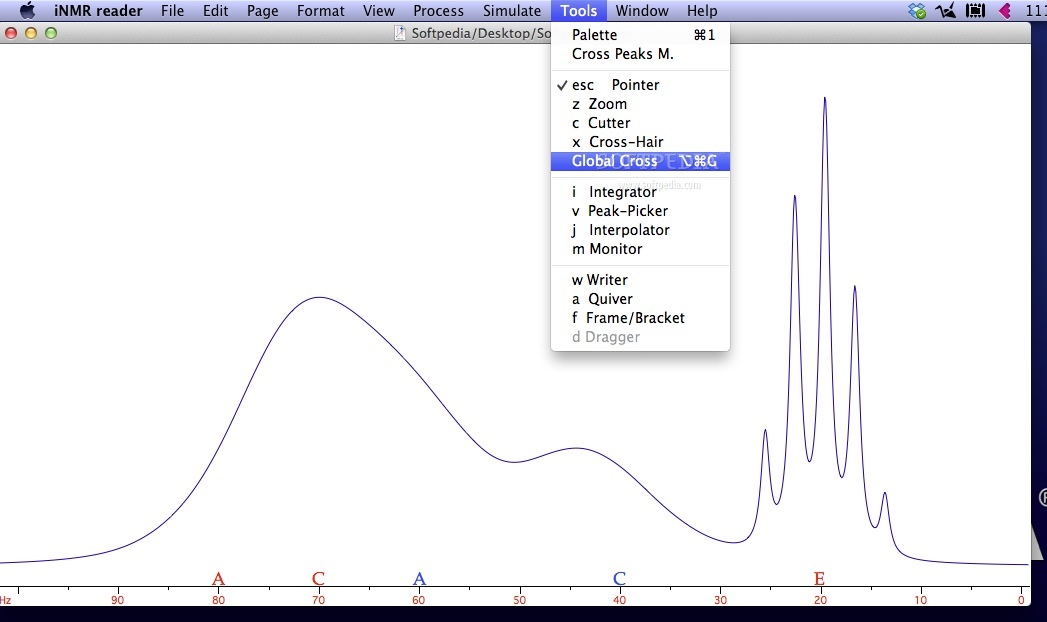


Even though it is hard to find the best machine, it’s never been easier-thanks to our experts for reviewing with all the nuts and bolts in kind. Paying for a BPA-free coffee maker doesn’t mean you have to miss out on smart controls and other state-of-the-art features.
#INMR SOFTWARE FREE#
So, the main reason why your coffee tastes like plastic is that you don’t have one of the best BPA free coffee makers which we are about to discuss in this all-inclusive article below. Put differently, the coffee brewer you’re using may be made using BPA, a substance that is used to harden the plastic. It is certain coffee tasting like plastic has nothing to do with grinding or brewing process-but the plastic used in the coffee maker you’re possessing (if the plastic part of coffee maker is in direct contact with the beans or pre-ground coffee). So, what can you do about your coffee that tastes like plastic?ĭoes it have anything to do with the ingredients or it’s about the coffee maker (machine)? If you’ve struggled through something like that, you would’ve felt embarrassed, wouldn’t you? If it's still happening, then you need to do something about it because plastic-like taste completely ruins your coffee-ing experience even if you put extra efforts into the grinding and brewing process. And, before you even ask, one of them ends up saying, “John, I think there’s something wrong with the coffee-it tastes like plastic-like there’s plastic in it”. The moment your friends take a sip from the coffee cup you handed over to them, the reaction on their face is NOT something you'd expect. After you’ve pulled the shot, it’s time to pour the coffee into cups and serve it to your friends who came over to meet you.īut, all of a sudden, something goes against the grain! Post grinding, you go for the brewing part, without which, you can get a good-tasting coffee cup. To begin, you fill the reservoir of your coffee maker with water and grind unit with the fresh whole coffee beans and let the machine do the grinding for you. So, you freshen up yourself swiftly so you could make great-tasting coffee for your buddies without keeping them waiting. You realize that you made a promise last night-to throw a coffee party at your house for your friends. This paper and presentation provides a case study for a process to efficiently assess accuracy of results for a four-sector cable and sheath and adjust solver conditions as necessary.You wake up in the morning, clock ticks 10, and your friends come right in! However, before using such results it is generally necessary to assess the accuracy of a large number of individual results relative to the needs and each set of these results can take significant time to calculate. These types of results can then be used efficiently, as needed, for a multitude of specific transient cases utilizing dedicated software. Rather, it is preferable to conduct a frequency dependent analysis of self- and mutual-impedances as well as of constituent parameters such as capacitance, inductance, resistance and conductance between the individual conductors. While direct modeling of specific transient cases using methods such as finite element analysis is possible, it is not practical. Synopsis Efficient Simulation of Electric Line Parameters for CablesĮlectromagnetic transient analysis of cables is an important aspect in design of electric power systems.


 0 kommentar(er)
0 kommentar(er)
